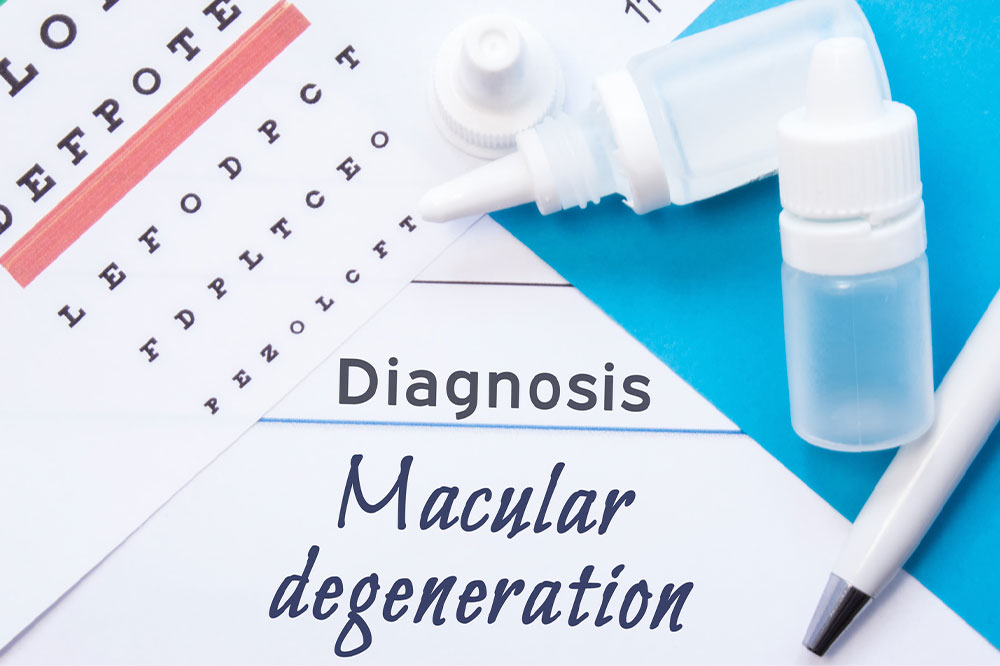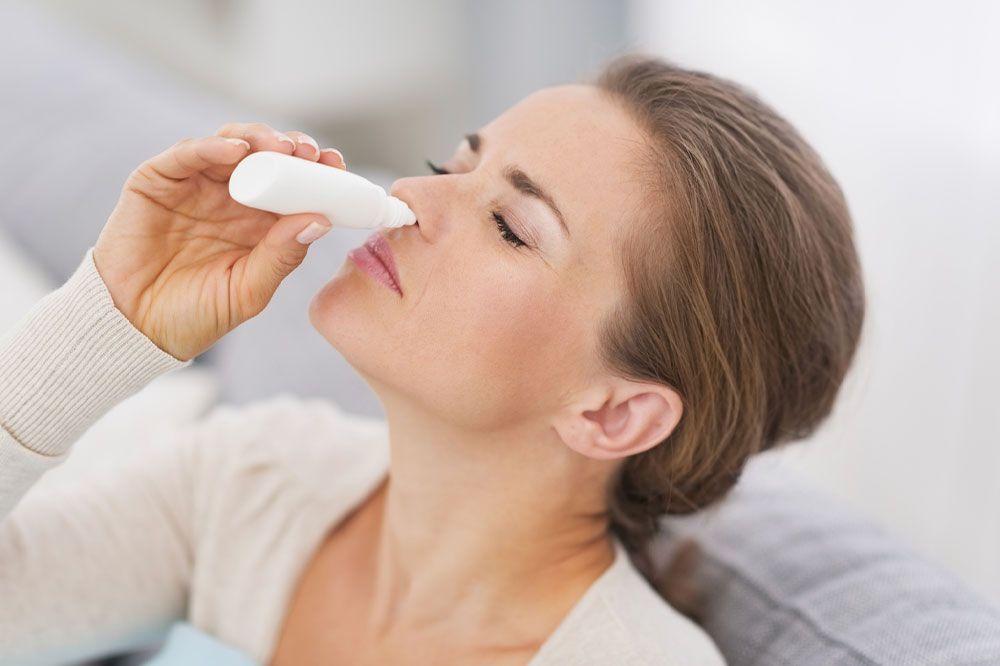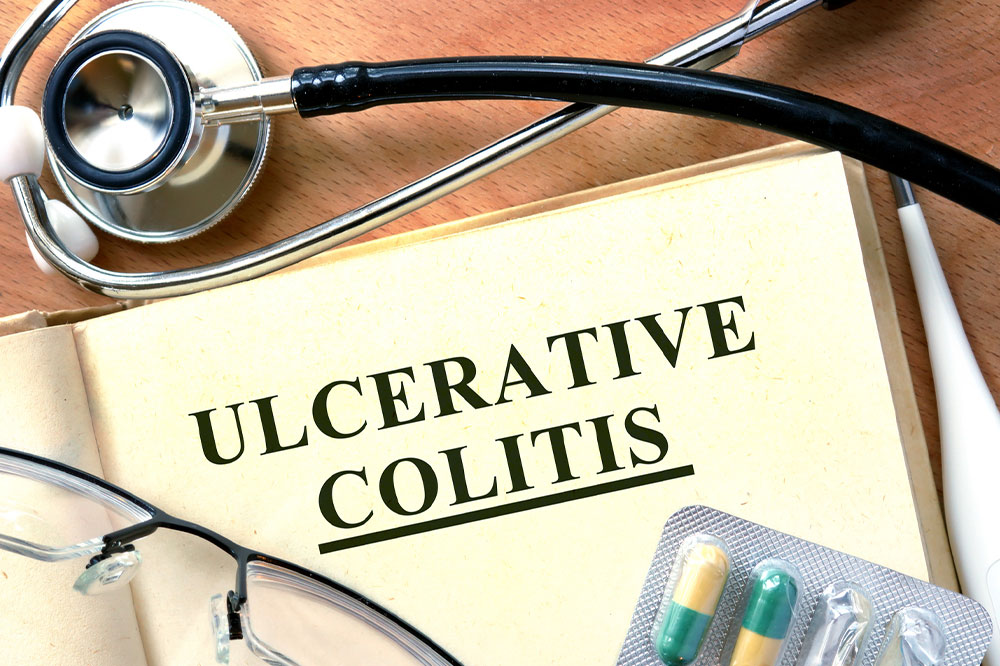Popular types of dog food and tips to choose

Finding the right dog food can be tricky because many brands and varieties are on the market. New pet owners might need extra help sifting through the options and picking the most suitable one. A good way to simplify the process is to learn about the popular types of dog food, such as kibble or dry food, canned food, and semi-moist food. Knowing the types can help individuals make well-informed decisions.
Kibble or dry food
Dry food is popular for being economical. Many people pick this type for their pets when on a budget. Dry dog food also has a longer storage time. One can use the same pack for several months without keeping it in the refrigerator. Another advantage of buying dry dog food is that it is healthy for a dog’s teeth. Chewing the crunchy kibble lowers the risk of tartar buildup and keeps their teeth strong. Since there are many options for dry dog food, it is important to check the list of ingredients. One must pick a brand that uses wholesome and nutritious ingredients that do not put the dog’s health at risk. One can know which ingredients the package uses by reading the label printed on it.
Canned or wet food
Canned or wet food is a favorite of many dogs because it is packed with strong flavors and tastes great. Its high protein content is an added benefit for both dogs and pups. Like dry food, canned food for dogs is known to have a longer shelf life. It can also be found quite easily in supermarkets. But one drawback is the price. Wed food is slightly more expensive than dry dog food. Still, the high percentage of nutrients makes it worth the price for pet owners, especially those whose dogs and pups have special nutritional needs.
Before feeding canned food, one must check the amount of digestible proteins in it. Many brands that make canned dog food add lots of indigestible protein. This type of protein passes through the dog’s digestive system without being broken down into essential nutrients. That means they work only as tummy-fillers to keep hunger at bay without providing essential health benefits. Besides digestible proteins, some canned foods contain over 70% water. As the water content increases, the amount of nutrients decreases. So, the dog has to eat more to get the necessary percentage of nutrients. To avoid these problems, one should look for canned dog food packages that say “100% nutritionally complete.”
Semi-moist dog food
Commercial dog food that is made to look like pork chops, burgers, bacon strips, and other meat-based foods is labeled as semi-moist. It has low nutritional value, artificial colorings, and synthetic flavorings. But since semi-moist dog food is tasty, it is usually given as occasional treats. One can use it for behavioral training for small pups and food-motivated older dogs. Pet parents should never include semi-moist food in the dog’s daily nutritional plan since it barely has any nutrients.
Home-cooked dog food
Some people like to have more control over their dog’s nutrition, mainly if their pet has health problems like diabetes or asthma. Such pet parents can opt for home-cooked dog food. By preparing meals at home, one can ensure their furry friend gets the right ingredients that do not worsen their health problem. But cooking at home is very time-consuming, and buying the ingredients can be expensive. Still, if the dog has special needs, the extra effort and money can be worth it to maintain the dog’s health. Before choosing home-cooked dog foods, dog owners must learn everything about canine nutrition and the ingredients used to make wholesome dog food at home. Doing so will ensure the pet gets all the vital nutrients.
Tips to choose the right dog food
Besides knowing the popular types of dog food, one should keep a few things in mind when deciding what to buy.
Consider the dog’s age
Dogs have varying nutritional requirements at different stages of life. So, one should feed them healthy food specially formulated for each stage. Doing so will ensure they get the right nutrients in the right amounts.
Consider the dog’s size
Sometimes, a dog’s health improves if fed foods specially made for its size. For instance, dogs from large or giant breeds would find foods with omega-3 and glucosamine more beneficial because these nutrients support healthy joint growth. Meanwhile, smaller dogs may find it easier to eat bite-sized kibbles.
Note the pet’s activity levels
Dogs that do a lot of activities benefit from nutrient-dense foods because they need an extra energy boost. But if a dog is less active, it will need something that keeps it satiated without making it feel heavy.
Since there are different types of dog food, choosing can be challenging. Individuals can consult a vet if they cannot decide what to feed their furry friend. Before suggesting the right dog food, the expert will consider the dog’s health history, activity levels, age, breed, size, and other factors. One should not feed their pets anything they are unsure about as it can affect the dog’s health.






